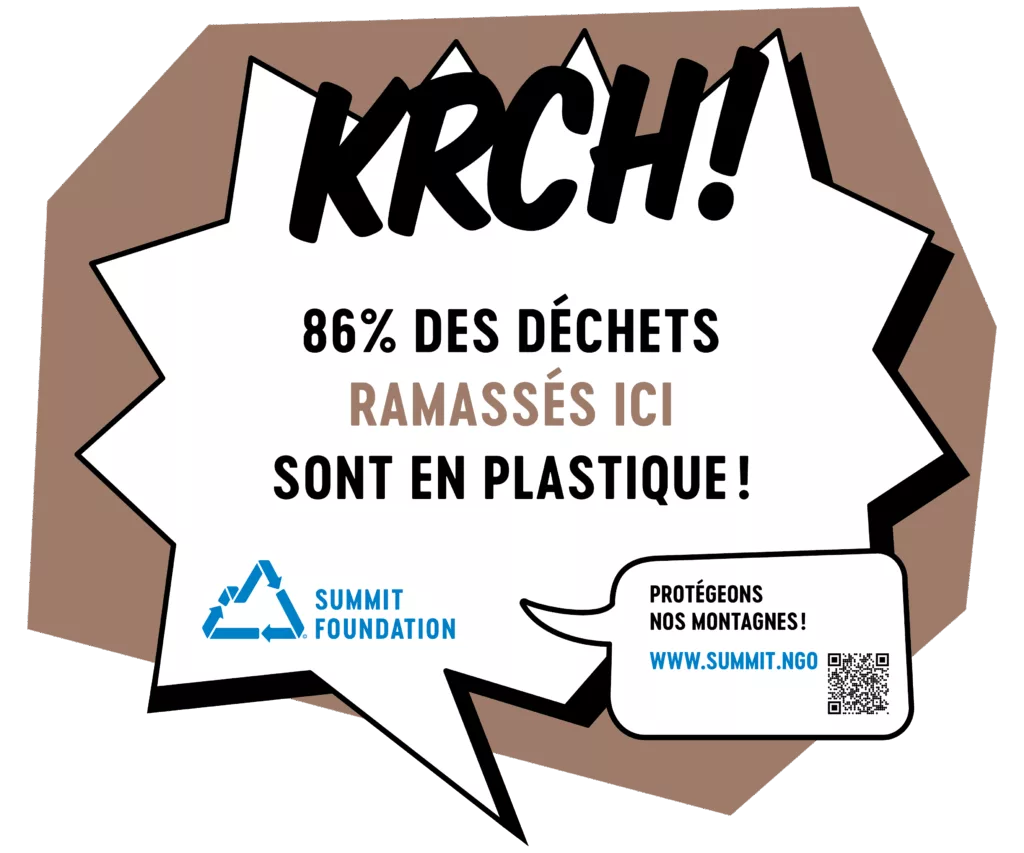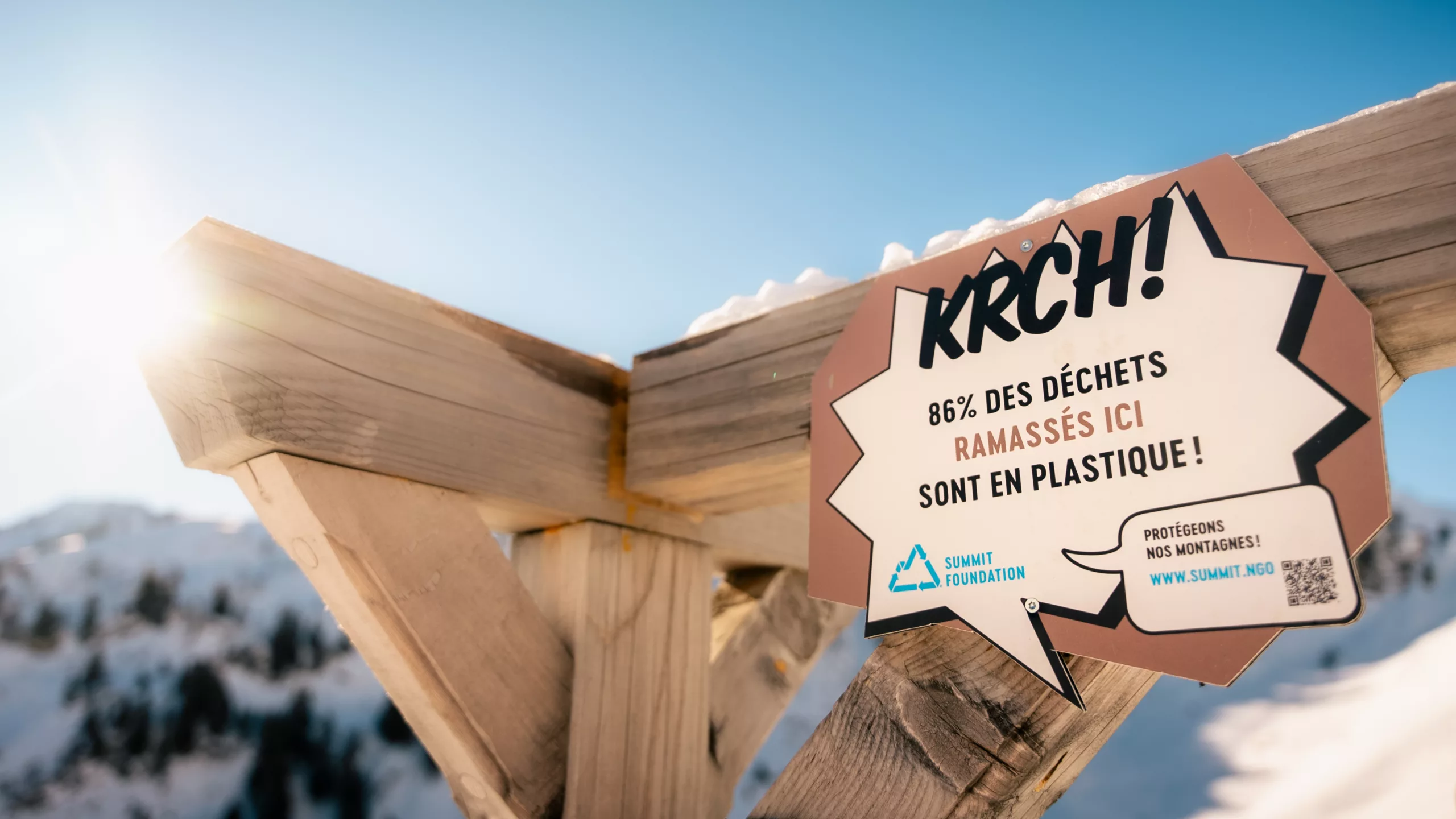


- The Swiss consume one million tonnes of plastic every year.
- In Switzerland, 14,000 tonnes of plastic end up in the environment every year.
- 86% of the waste found on the banks of lakes and rivers is plastic.
Plastic refers to a wide range of synthetic materials. It is generally derived from petroleum or other fossil fuels. Plastics can be found in all sectors of activity, and are used in a wide range of applications. one of the most widely used materials in the world1. By 2024, it is estimated that global plastic production will exceed 500 million tonnes2 ! And this figure could double by 2050, to over billion tonnes3 produced annually.
Switzerland is a major consumer of plastic, consuming around 1 million4 tonnes per year, or 120 kilograms per capita. This high level of consumption leads to a high level of waste production. Every year, 790,000 tonnes5 of plastic is thrown away in our country. Half of this volume is made up of objects with a short lifespan (less than a year), mainly packaging.
Although the majority of plastic is disposed of correctly, a non-negligible fraction ends up in the environment: 14,000 tonnes per year6 ! Most of this is emitted by tyre abrasion (8,900 tonnes a year) in the form of microplastics. The other major source is littering, the dumping of waste (particularly packaging) in the open air. Every year Switzerland, 2,700 tonnes7 of plastic ends up in the environment through littering, costing local authorities CHF 200 million. A study8 conducted by the Hammerdirt Foundation and the FOEN, to which the Summit Foundation contributed, shows that 86% of the waste collected from lakes and rivers is plastic.
The emission of plastics is harmful to the environment. Plastic is not biodegradable9, It can remain in the environment for decades or even hundreds of years. And these plastics are sources of persistent organic pollutants 10(POPs) via the additives added to them. What's more, they are harmful to wildlife11, which can ingest them, become trapped in plastic waste and suffocate from them.
To limit the amount of plastic in the environment, do the following!
Let's work together to combat plastic pollution.
